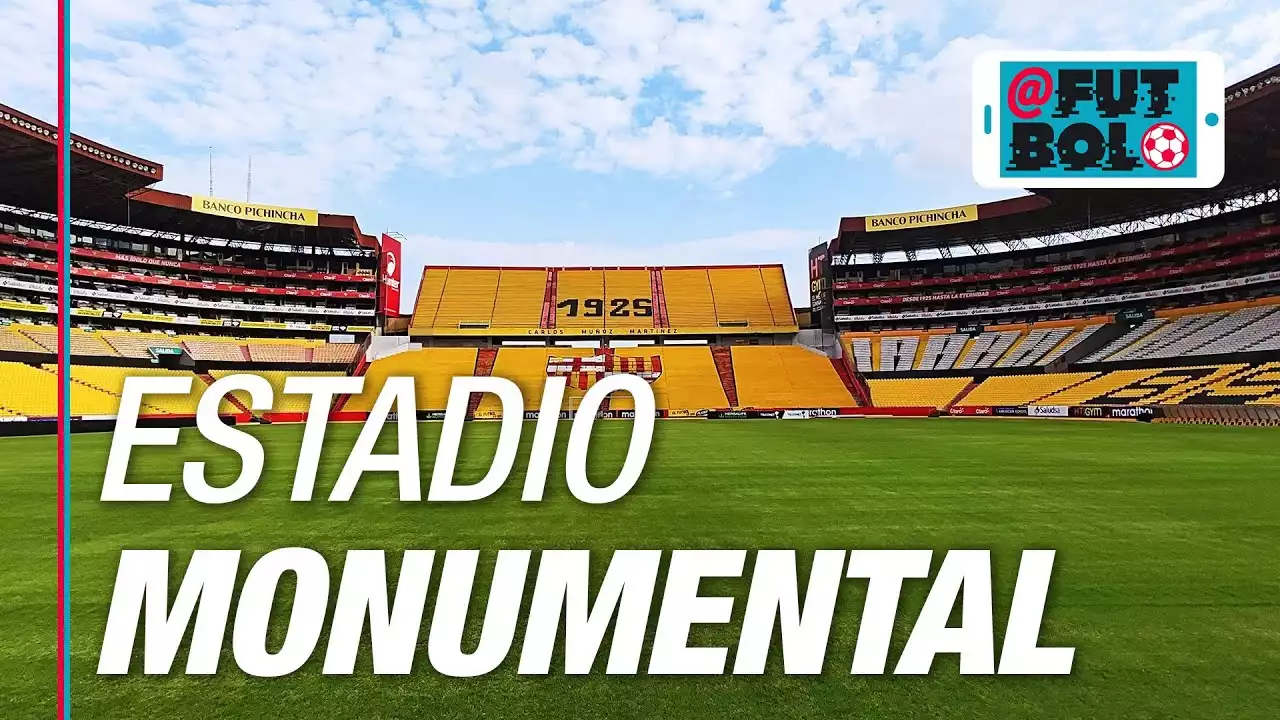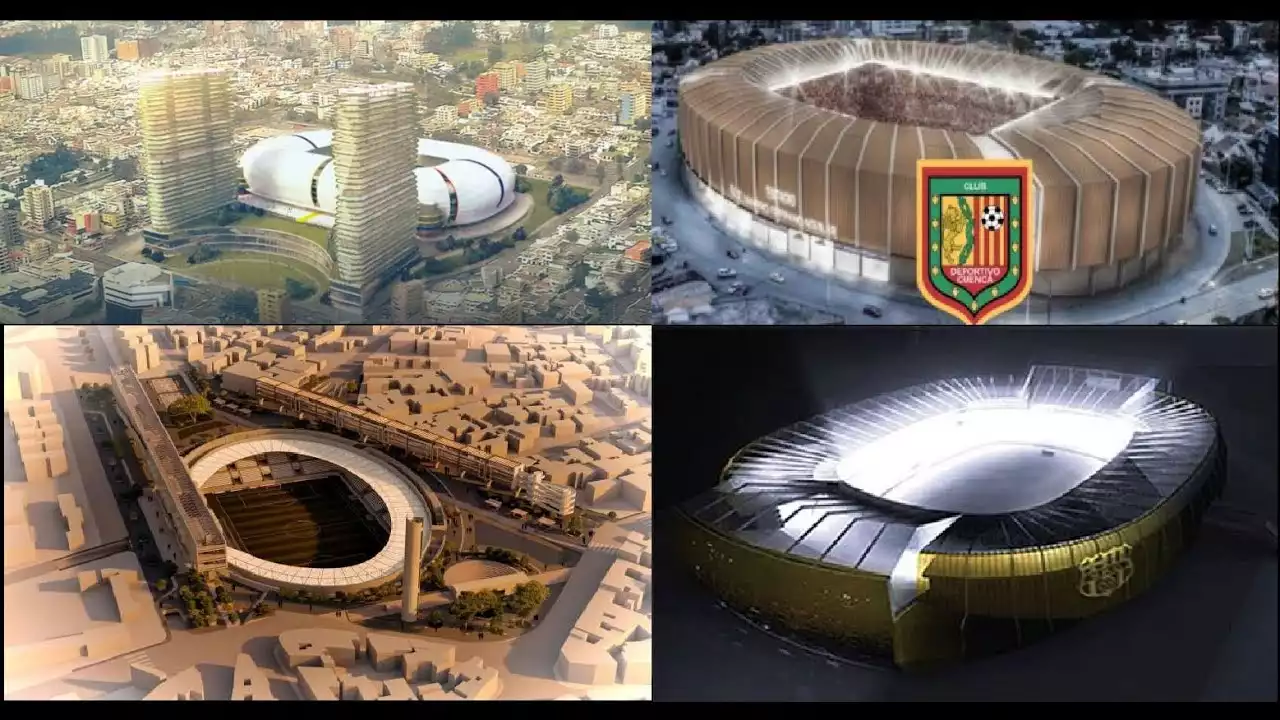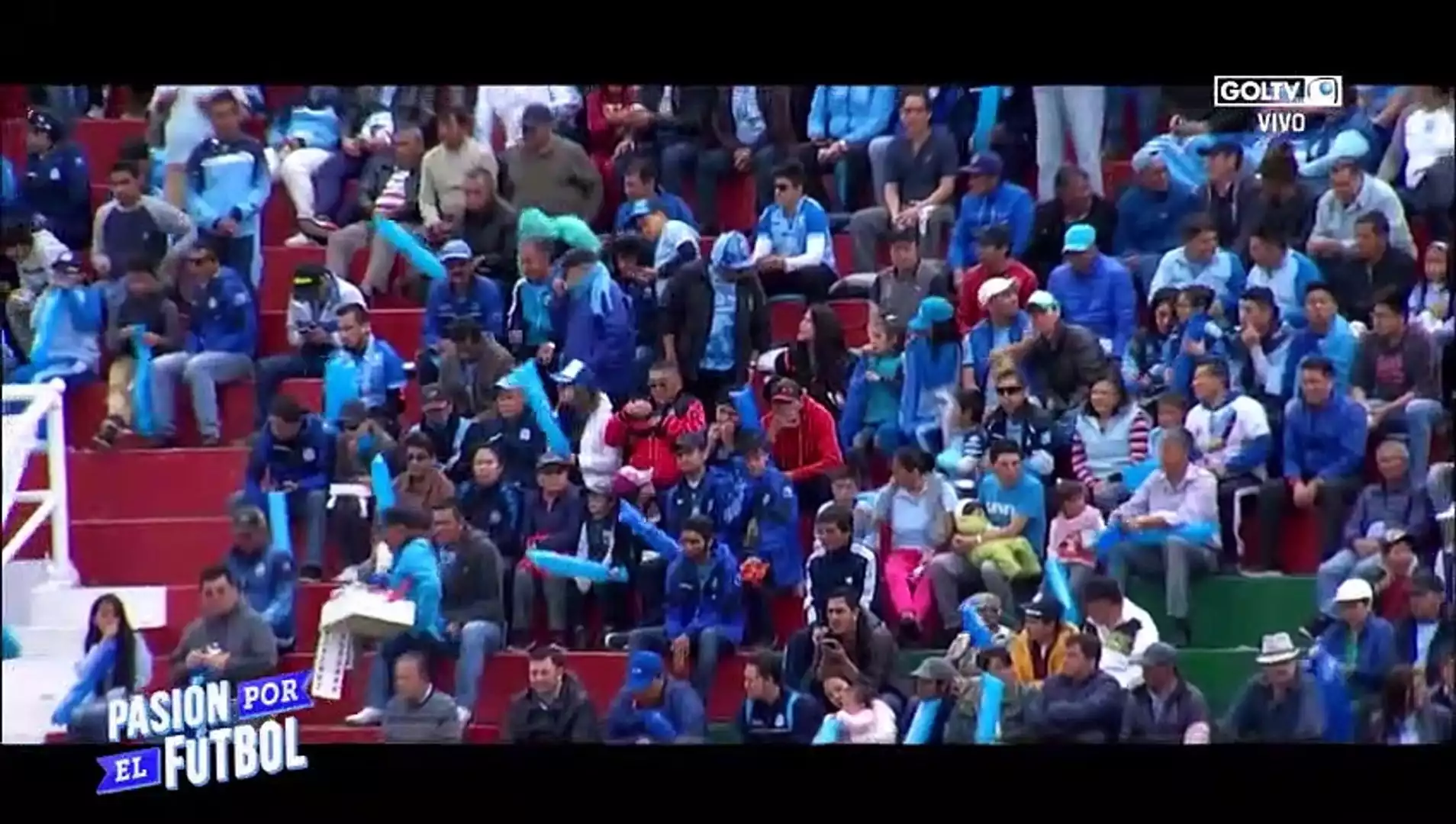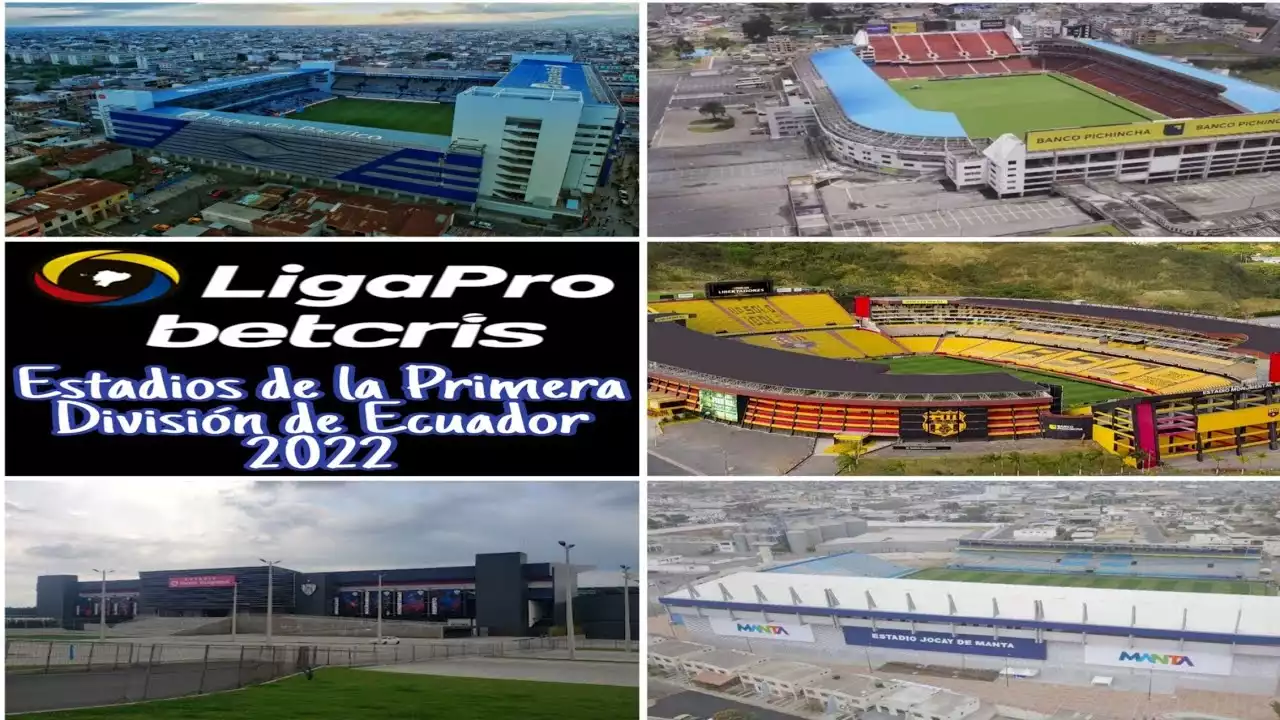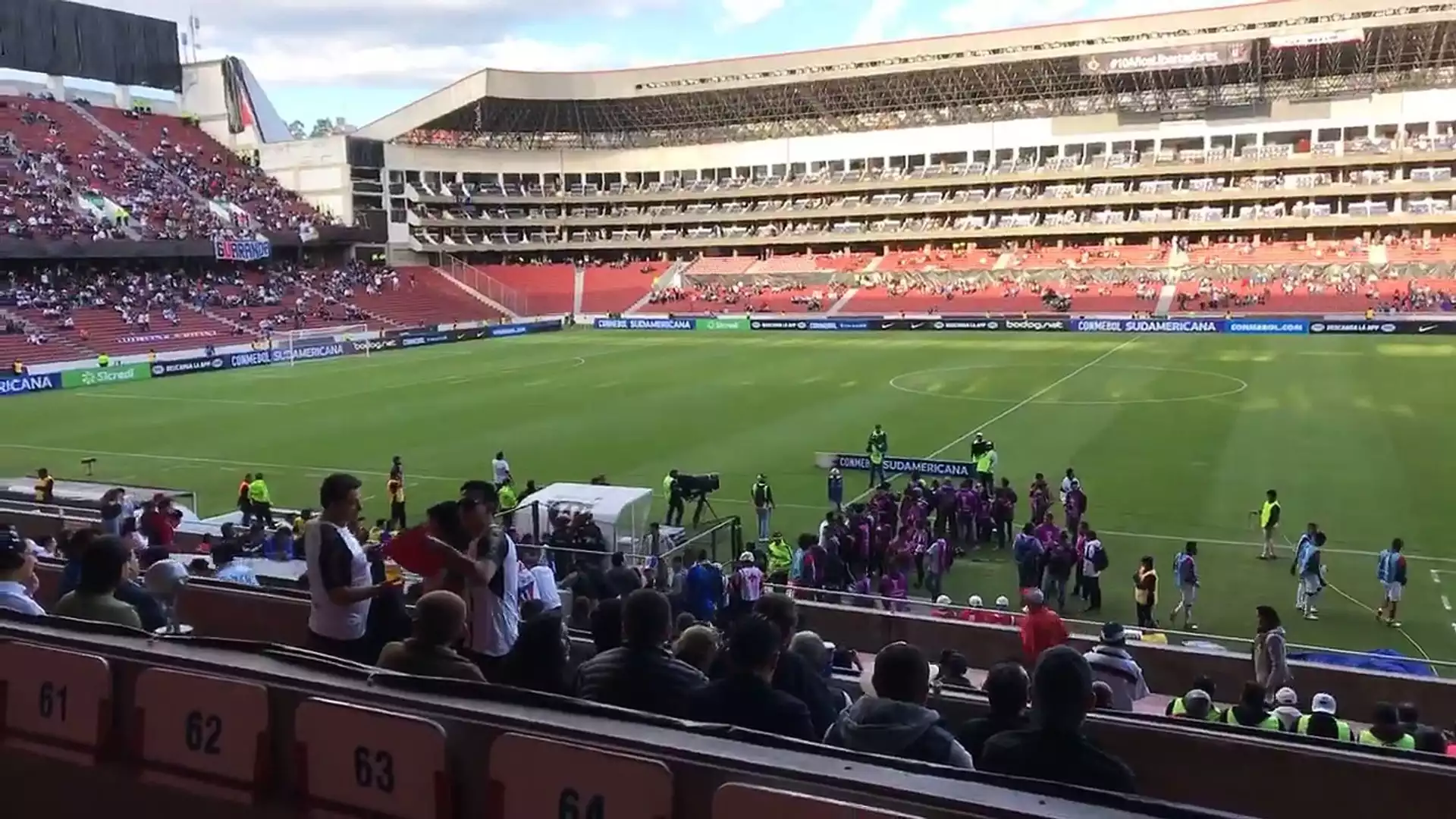History of Barcelona SC and Estadio Banco Pichincha
The Barcelona Sporting Club was founded on May 1, 1925, by a group of young Ecuadorian men who were passionate about football. The club's name was inspired by the city of Barcelona, Spain, which was known for its artistic and cultural heritage. The club's early years were marked by financial struggles and a lack of success on the pitch. However, things began to change in the 1940s when the club hired the Argentine coach Carlos Torres Garcés. Under his leadership, Barcelona SC won its first national championship in 1946.
The Estadio Banco Pichincha, originally known as the Estadio Modelo, was inaugurated on December 6, 1959. The stadium was built to replace the old Estadio George Capwell, which had become too small for the growing number of Barcelona SC supporters. The new stadium was named after Banco Pichincha, a local bank that financed its construction. The stadium was designed by the German architect Richard Konwiarz and has undergone several renovations over the years.
The importance of Estadio Banco Pichincha for Barcelona SC
For the Barcelona SC faithful, the Estadio Banco Pichincha is more than just a football stadium. It's a symbol of their passion, their history, and their identity. The stadium has been the home of the club for over 60 years, and it has witnessed some of the most important moments in the club's history. From the first national championship in 1946 to the Copa Libertadores final in 1990, the stadium has been the setting for countless moments of glory and celebration.
But the Estadio Banco Pichincha is not just important for the club's history, it's also crucial for its present and future. The stadium is the club's main source of revenue, and it's where they play their home matches. The fans who fill its stands every matchday are the club's lifeblood, and their support can make all the difference on the pitch.
4 Notable matches and events held at Estadio Banco Pichincha
Over the years, the Estadio Banco Pichincha has hosted some of the most important matches and events in Ecuadorian football history. Here are just a few of the most memorable ones:
1985 Copa Libertadores Final In 1985, Barcelona SC reached the final of the Copa Libertadores, the most prestigious club competition in South America. The final was played over two legs, and the second leg was held at the Estadio Banco Pichincha. Despite losing the match 2-1, Barcelona SC won the tournament on penalties, becoming the first Ecuadorian club to win a major international trophy.
1990 Copa Libertadores Final In 1990, Barcelona SC reached the final of the Copa Libertadores for the second time in their history. Once again, the final was played over two legs, and the second leg was held at the Estadio Banco Pichincha. This time, however, Barcelona SC were unable to lift the trophy, losing the match 2-1 and the final 3-2 on aggregate.
1997 Copa America The Estadio Banco Pichincha was one of the venues for the 1997 Copa America, the South American national team tournament. The stadium hosted several matches, including the quarter-final between Brazil and Paraguay.
2002 FIFA World Cup Qualifiers The Estadio Banco Pichincha was also one of the venues for the 2002 FIFA World Cup qualifiers. Ecuador played several matches at the stadium, including a 1-0 win over Uruguay.
Features and amenities of Estadio Banco Pichincha
The Estadio Banco Pichincha is a modern stadium with all the amenities you would expect from a world-class venue. The stadium has a seating capacity of over 57,000 and is equipped with state-of-the-art facilities, including a video scoreboard, VIP boxes, and a press room. The stadium also has several food and drink outlets, as well as souvenir shops selling Barcelona SC merchandise.
Future plans for Banco Pichincha Stadium
The Estadio Banco Pichincha has undergone several renovations over the years, but there are plans to further upgrade the stadium in the near future. The club has announced plans to build a new training ground and a new museum, as well as to renovate the stadium's VIP areas and parking facilities. These upgrades are aimed at improving the overall fan experience and making the stadium even more attractive to potential sponsors and investors.
¡Hasta pronto, Estadio Banco Pichincha!
How to get to Estadio Banco Pichincha
The Estadio Banco Pichincha is located in the heart of Guayaquil, making it easily accessible by public transport or car. The stadium is just a few minutes' walk from several bus stops, and there are also several taxi ranks nearby. If you're driving, there are several car parks located near the stadium, although they can get busy on matchdays.
Tips for attending a match at Estadio Banco Pichincha
Attending a match at the Estadio Banco Pichincha is an unforgettable experience, but it's important to be prepared. Here are some tips to help you make the most of your visit:
- Arrive early to avoid the crowds and find a good seat
- Bring sunscreen and a hat, as the stadium can get very hot
- Wear comfortable shoes, as you may need to climb stairs to reach your seat
- Bring cash, as some food and drink outlets may not accept cards
- Respect the local customs and traditions, and avoid any behavior that could be considered disrespectful or offensive
The impact of Estadio Banco Pichincha on the local community
The Estadio Banco Pichincha is not just important for Barcelona SC and its fans, but for the entire community of Guayaquil. The stadium has become a symbol of the city's identity and a source of pride for its people. It's also an important source of revenue for local businesses, particularly those located near the stadium. On matchdays, the streets around the stadium are filled with vendors selling food, drinks, and souvenirs, creating a festive atmosphere that brings the community together.
